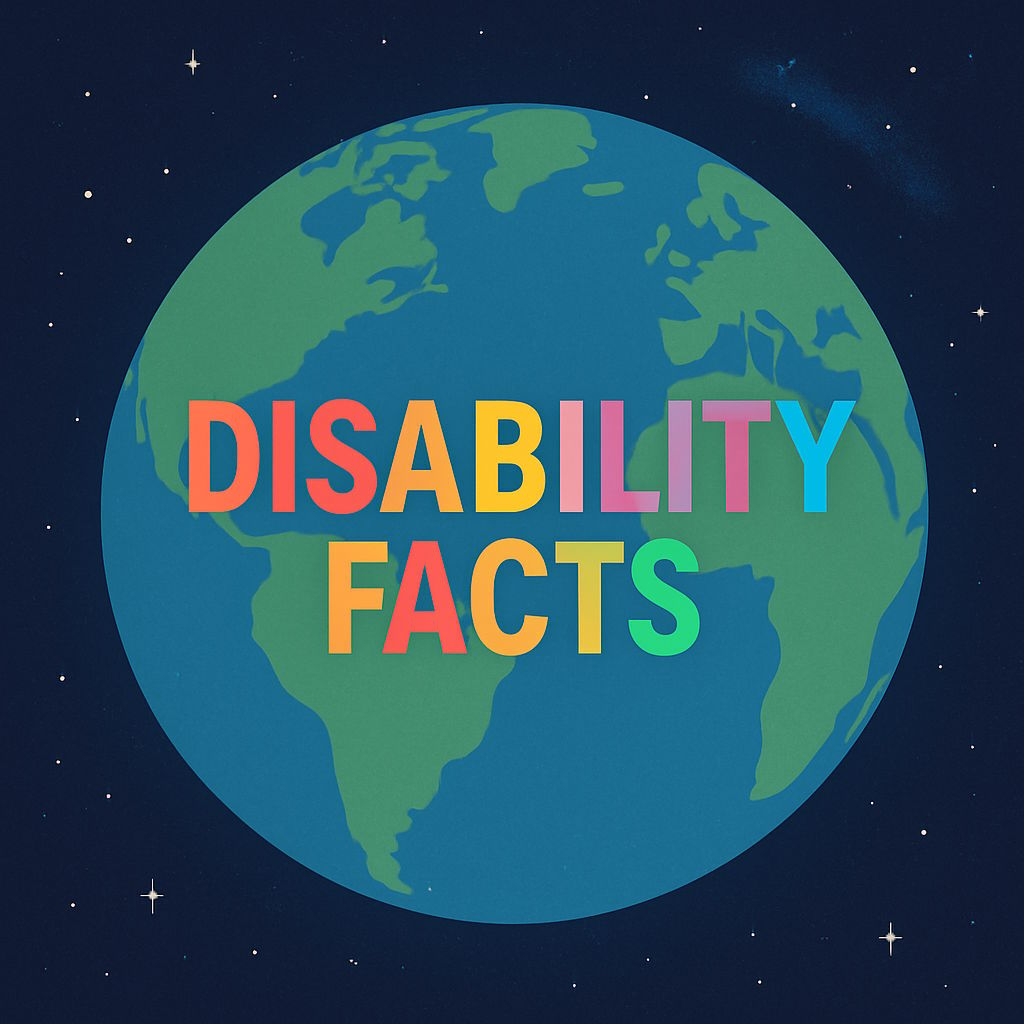- Disability Lens Digest
- Posts
- Celebrating Disability Awareness Month: Key Facts You Need to Know
Celebrating Disability Awareness Month: Key Facts You Need to Know

July is Disability Pride Month, a time to recognize the achievements, struggles, and voices of people with disabilities across the globe. This month, we’ve shared impactful facts to spread awareness and start meaningful conversations. From historic legislation to modern-day challenges, each fact highlights the importance of equity, inclusion, and representation.
We kicked off the month by honoring the Americans with Disabilities Act (ADA), a landmark civil rights law signed in 1990 that prohibits discrimination against individuals with disabilities in all areas of public life. It was a defining moment that protected access to employment, transportation, and community participation for millions.
We then highlighted the scope of disability in the U.S., where over 61 million adults live with a disability—about 1 in 4 people. Despite their numbers, people with disabilities remain one of the most marginalized groups in society. This statistic alone challenges the misconception that disability is rare or uncommon.
One of the most eye-opening facts revealed that people with disabilities are more than twice as likely to live in poverty. This reality stems from systemic barriers in education, employment, healthcare, and social services. The impact is even more profound for those with multiple or invisible disabilities, who often face additional discrimination or misunderstanding.
We also spotlighted the travel industry, where access still lags behind. Millions of people with disabilities avoid traveling altogether because of inadequate accommodations, inaccessible public transportation, and unreliable support services. This limits not only leisure and adventure but also opportunities for personal growth and social connection.
In one video, we explored the idea that disability is a natural part of the human experience. It’s not something to fix or fear but to accept and include. When societies embrace the full spectrum of human diversity, including people with disabilities, everyone benefits from a richer, more compassionate community.
Finally, we explored media representation. Despite making up a large portion of the population, only 3% of characters on TV are disabled, and most are not portrayed by actors with disabilities. Authentic representation matters—not just for visibility, but for challenging harmful stereotypes and promoting understanding.
These facts illustrate the ongoing challenges that people with disabilities face every day, but they also highlight the potential for change. Disability inclusion should be more than just a once-a-year conversation. It deserves consistent attention and action across all areas of life.
My Thoughts
This is why I started my media company, Racing RUVIM Media—to create spaces and spread awareness around disability, while also providing real employment opportunities for people with disabilities. As a disabled person myself, I know firsthand how often society focuses only on what disabled people can’t do. I want to change that narrative.
Too often, disabled individuals are excluded from industries that shape our culture and economy. My company exists to prove that we not only belong—we have the talent, creativity, and perspective to lead and innovate. That’s why my company is committed to building a team where at least 85% of our staff are people with disabilities.
People with disabilities learn to adapt every day to systems and environments that weren’t originally created for them. The world wasn’t designed with us in mind—it was modified after the fact. That unique experience fosters problem-solving skills, resilience, and original thinking that can’t be taught in a classroom. It gives us fresh perspectives and innovative solutions that the workforce desperately needs.
I want Racing RUVIM Media to be more than a media company—I want it to be proof that people with disabilities can thrive in any industry when given the chance.
Question to Consider
Do you think people should talk about disability issues more openly and frequently, especially in the media? How can we help bring these conversations into everyday spaces to create lasting understanding and equity?
My Sources
1. Centers for Disease Control and Prevention (CDC), Disability and Health Data System 2. U.S. Census Bureau, Disability Statistics from the 2018 American Community Survey 3. Pew Research Center, People with Disabilities Face Higher Rates of Poverty
🎥 Watch the Full Video: I turned this entire month of disability awareness facts into one powerful, community-driven video. Watch it here: